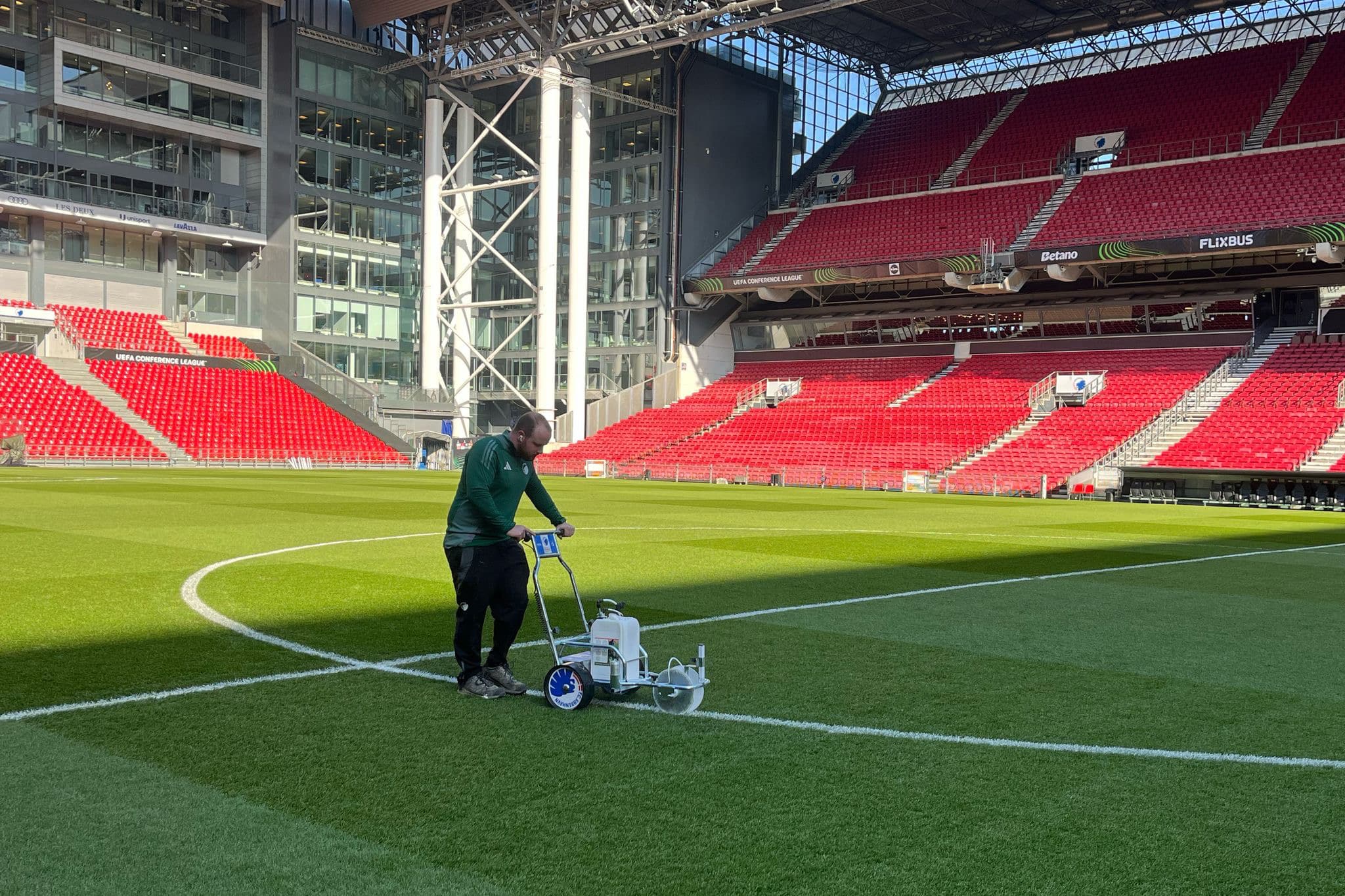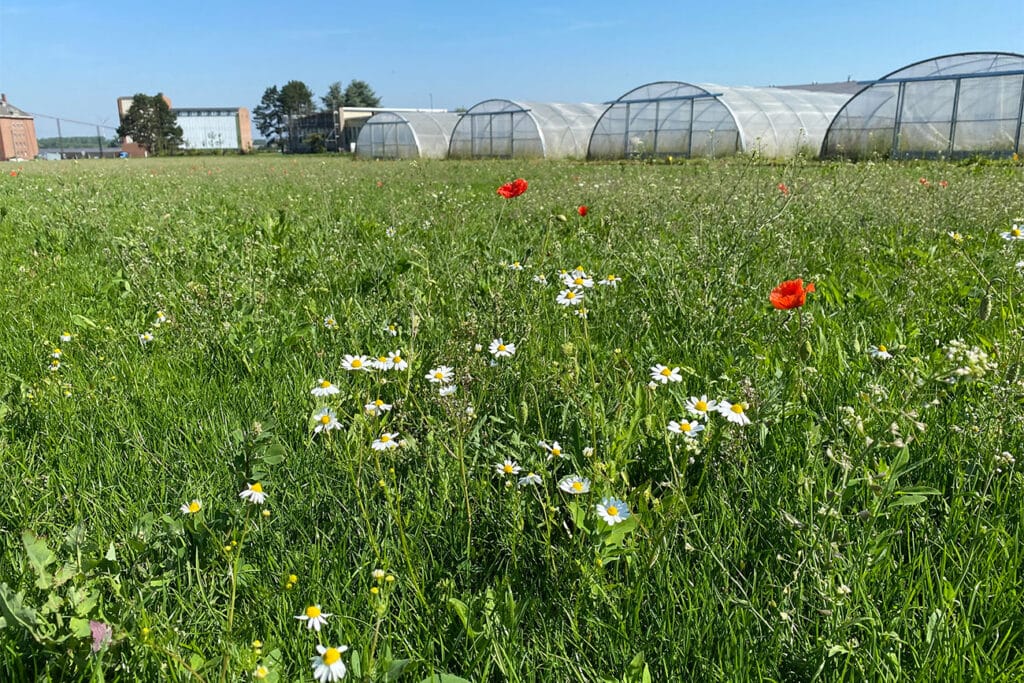
Biodivers flower lawn starts with a vision
The mulched green lawn is getting tougher and tougher. Not only because of dry summers and water scarcity, but just as much for ecological and practical reasons. After all, rigid lawns offer only limited added value for biodiversity, while they generally require a lot of maintenance. In response to the growing demand for biodiverse and low-maintenance lawns, Advanta is therefore launching flower lawns.
"You obtain a sustainable, biodiverse garden by starting from a vision," Erik Truyers, sales and product manager at Advanta immediately emphasizes. "Simply mowing less has in itself only a limited impact. Only after quite some time may flowers and herbs appear in the lawn, but even then they are not necessarily species that provide added value for beneficial and pollinating insects. That's why we came up with a sustainable solution that effectively gives nature a helping hand."
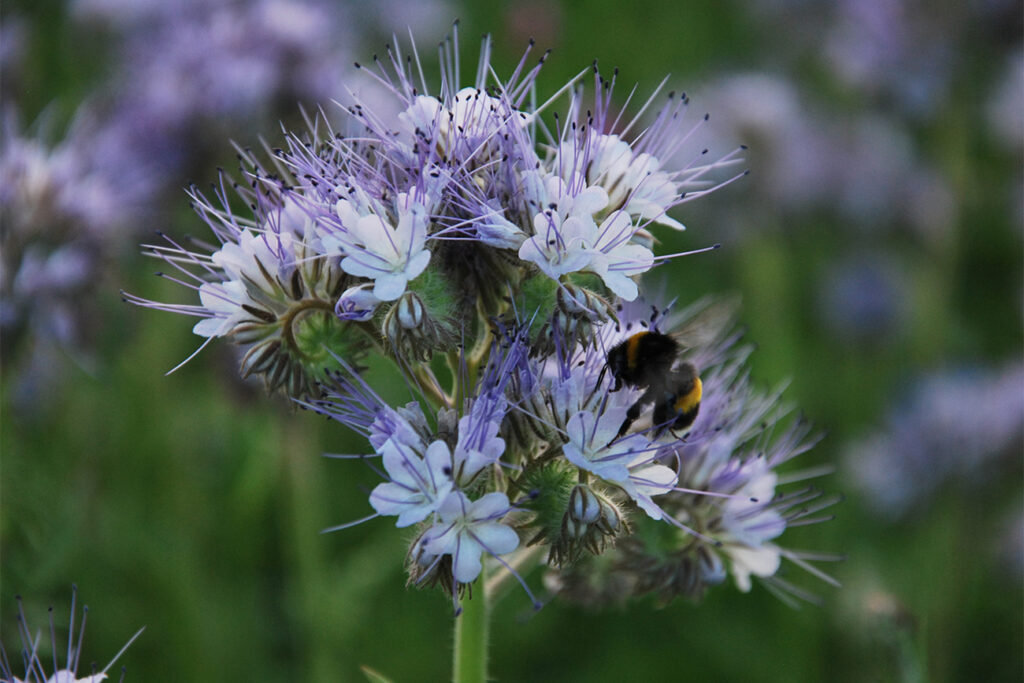
Thoughtful composition
Advanta's flower lawns combine the best of both worlds. On the one hand, you get the look and feel of a lawn; on the other, you can enjoy a biodiverse splash of color. "For the composition of the mixtures, we looked at what is most common in nature and offers added value in terms of biodiversity. We resolutely chose extensive grasses and native flowers and herbs that have proven their solidity and tolerate mowing well. For example, daisies, field violets, clover in different colors, yarrow and the beautiful grassland plant brunel are in it as standard."
In total, Advanta is marketing six new biodiverse flower lawns, each of which can achieve different objectives. With Ecogazon, for example, the flowers tend to remain low, while with Staygreen 1 Verge or flower-rich field edge mixtures you just create higher vegetation.
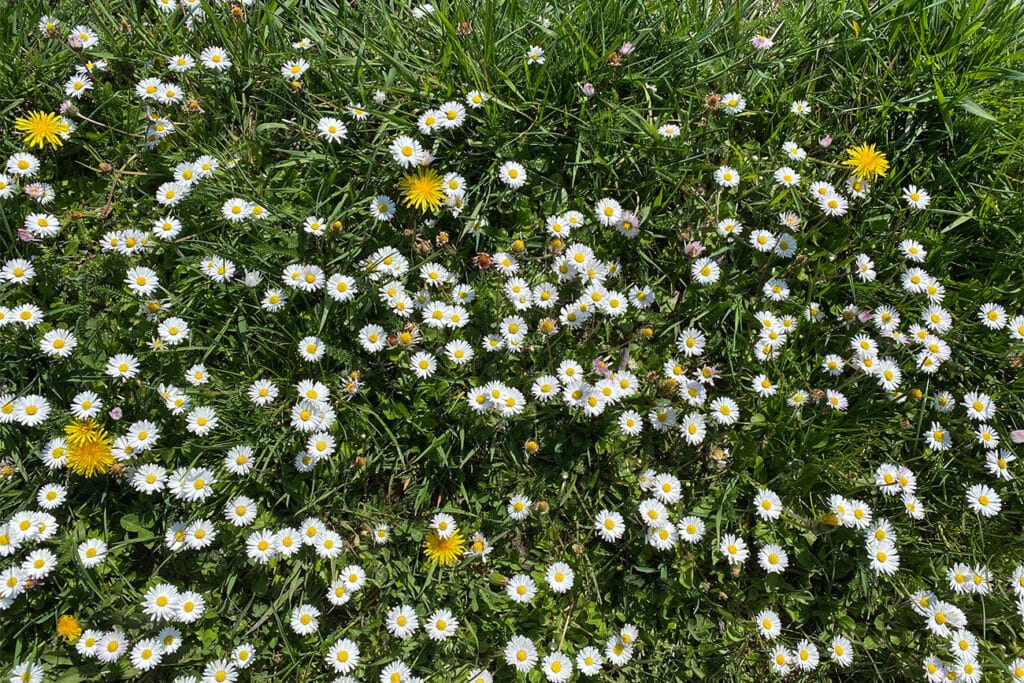
Extensive maintenance
Another important advantage of flower lawns is that you can determine the mowing rate and height of the lawn yourself. "Does your customer desire higher and beautiful blooms? Then you don't have to mow in those places. So you can perfectly combine mowed with unmowed areas, and create grass paths here and there. A few days after mowing, flowers come peeping through the grass and you get a colorful result there too that is perfectly environmentally friendly." Note that mulching or robotic mowers are not suitable for maintaining a flower lawn.
Fertilizing is generally not necessary and is even not recommended, but an airy soil and good soil improvement before sowing are necessary, as is continuous watering afterwards. Also, keep in mind that a flower lawn cannot be sown into an existing lawn. Indeed, existing turf is too dense, preventing flowers from establishing themselves in it.
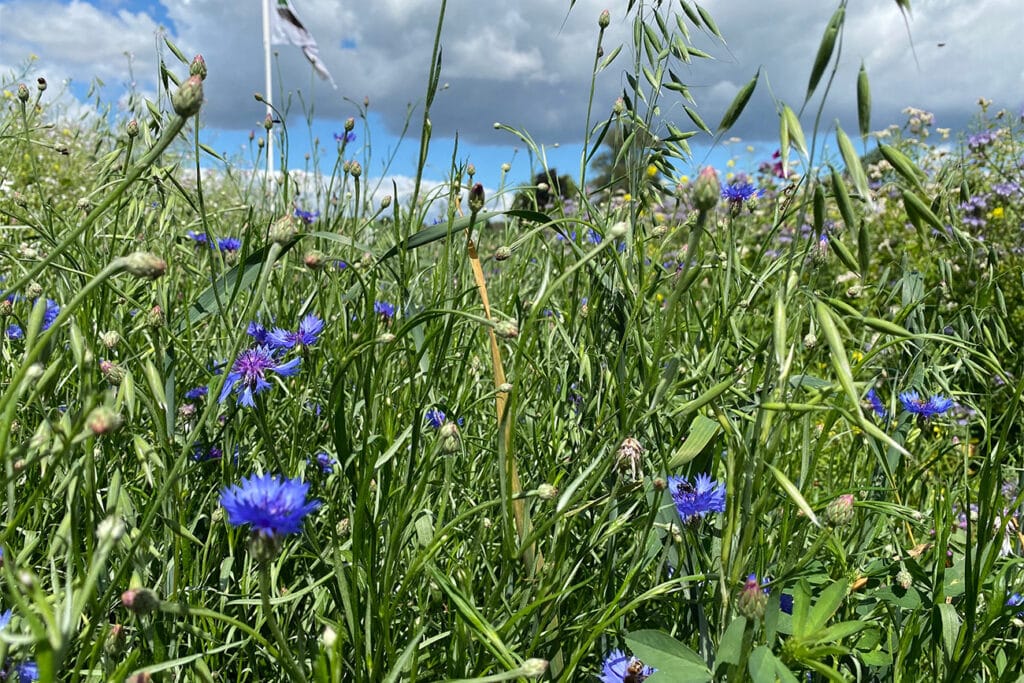
The right expectations
Poor or rich soil? Moist or dry? Clay or sandy? The subsoil will largely determine which flowers will develop best in the lawn. Thus, after a few years, natural selection sets in where certain flowers thrive and others disappear. In essence, this is exactly the purpose of flower lawns, where the lawn achieves a natural, biodiverse balance, but it is important to inform the client about this in advance.
It's also best to discuss the practical implications of the chosen mowing management. When mowing, existing flowers are damaged, so the lawn may not look perfect immediately after mowing. Does your client want to receive guests in his beautiful garden? Then it is best to schedule the mowing a week or more in advance. By the way, also keep in mind that tall grasses are home to more insects, including ticks. So for pets and small children, a shorter mowed flower lawn may be a better option.


